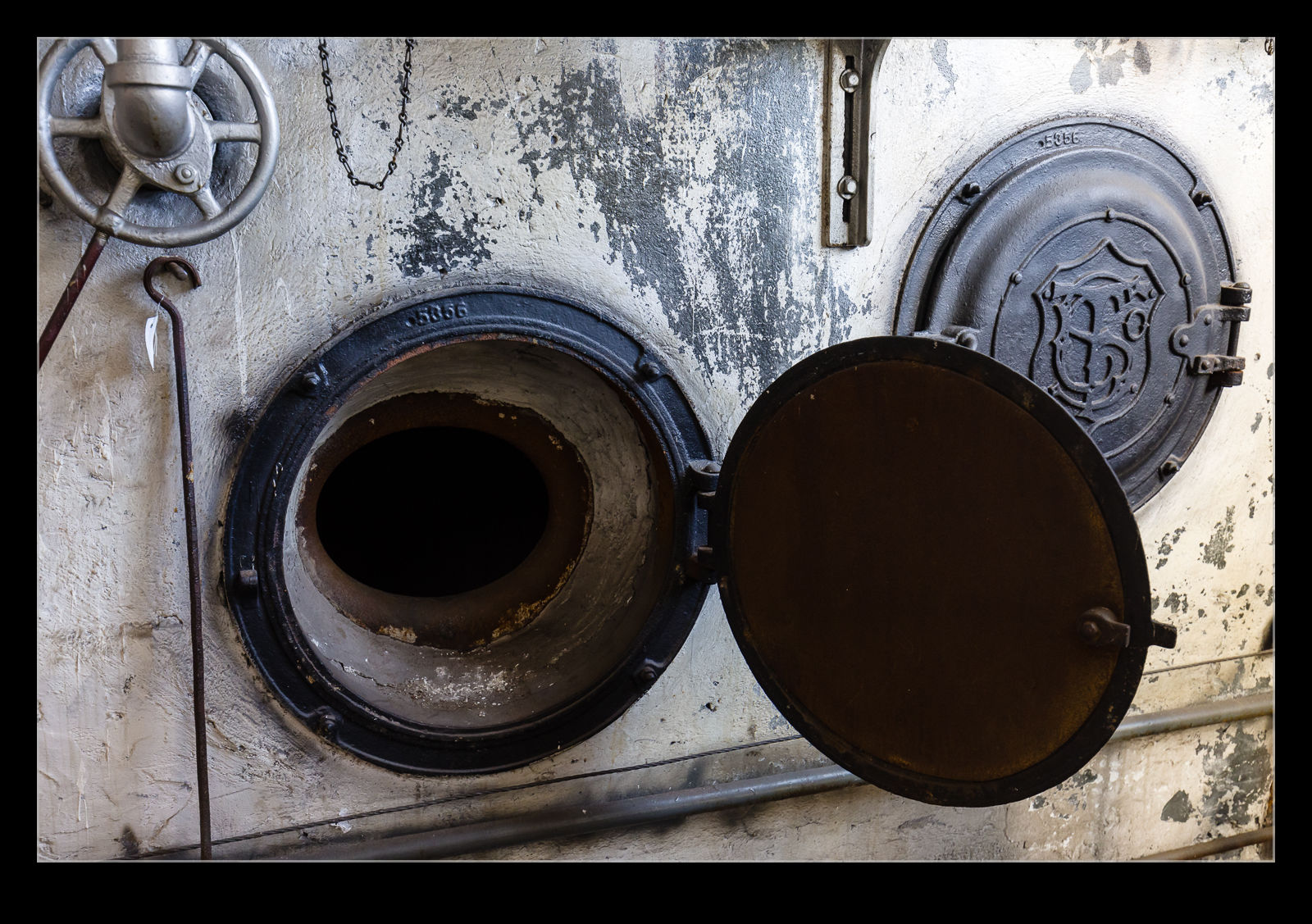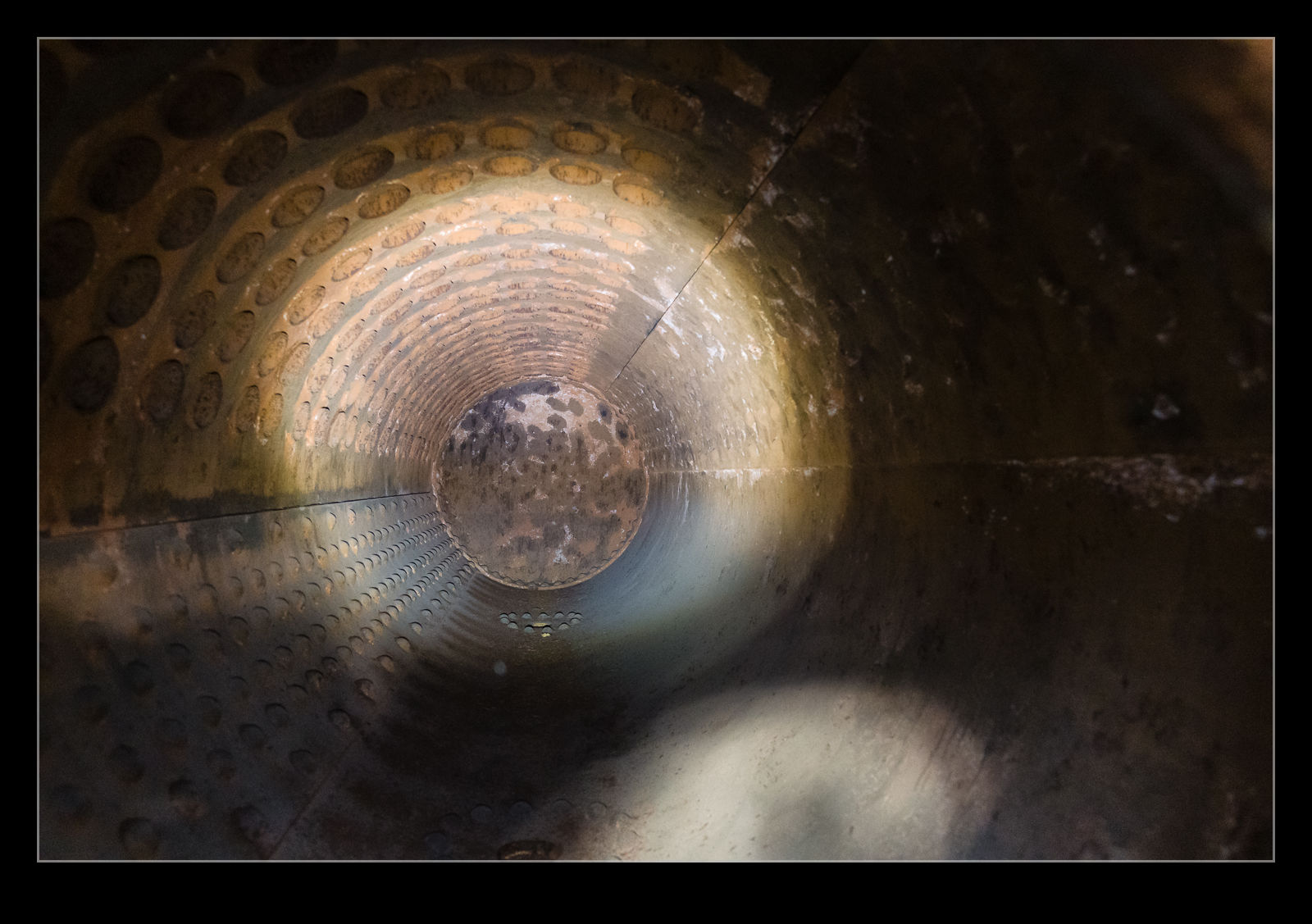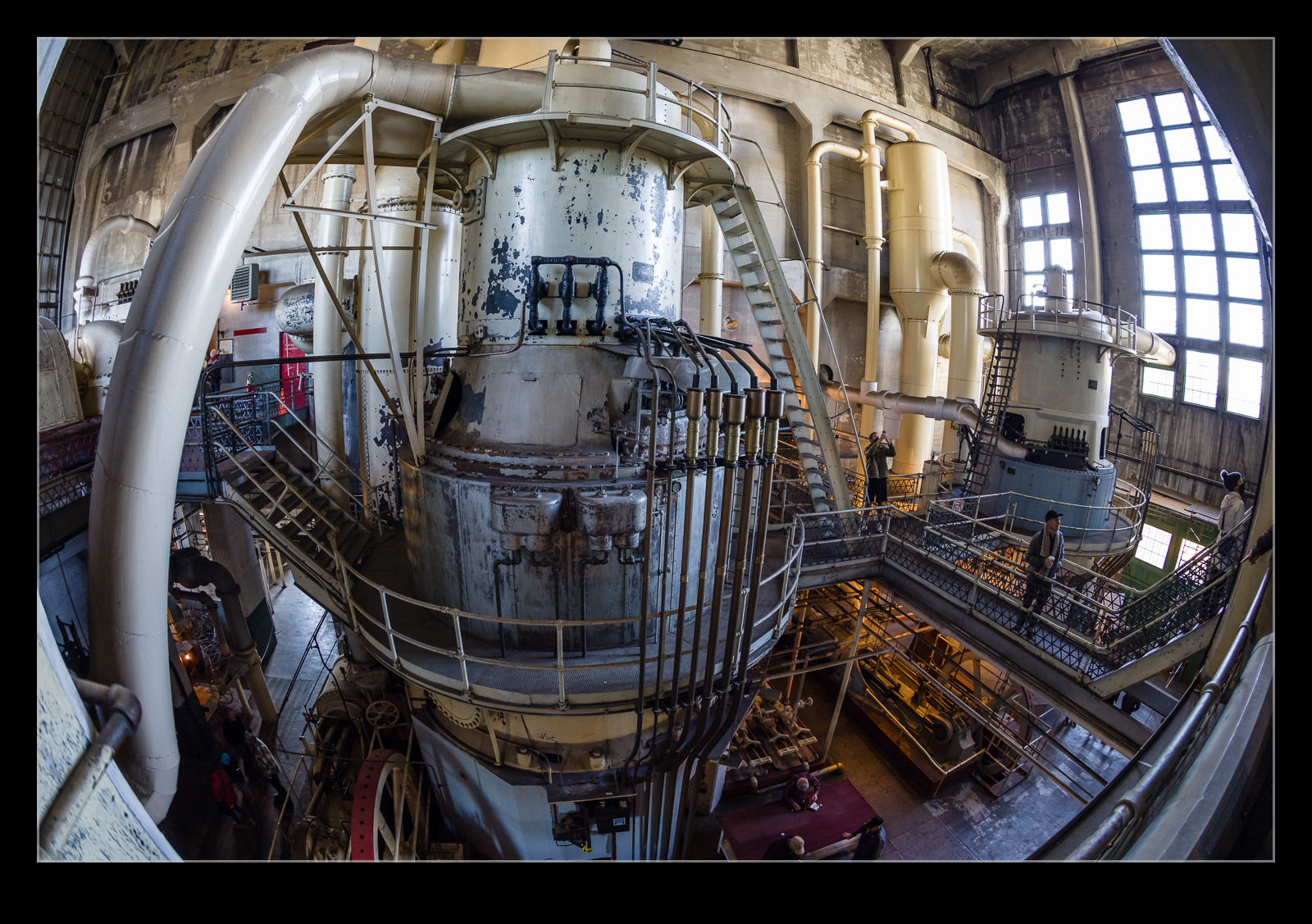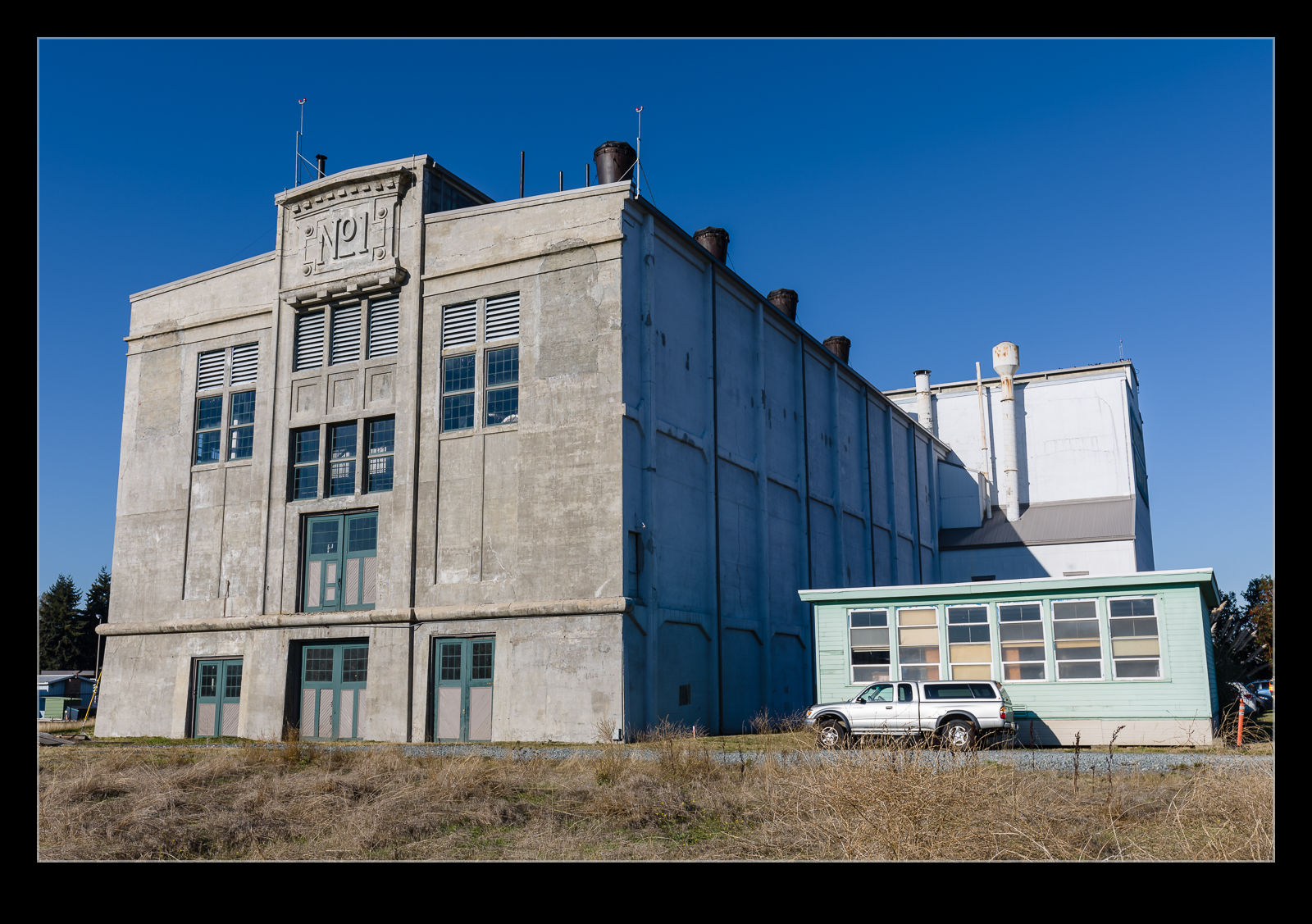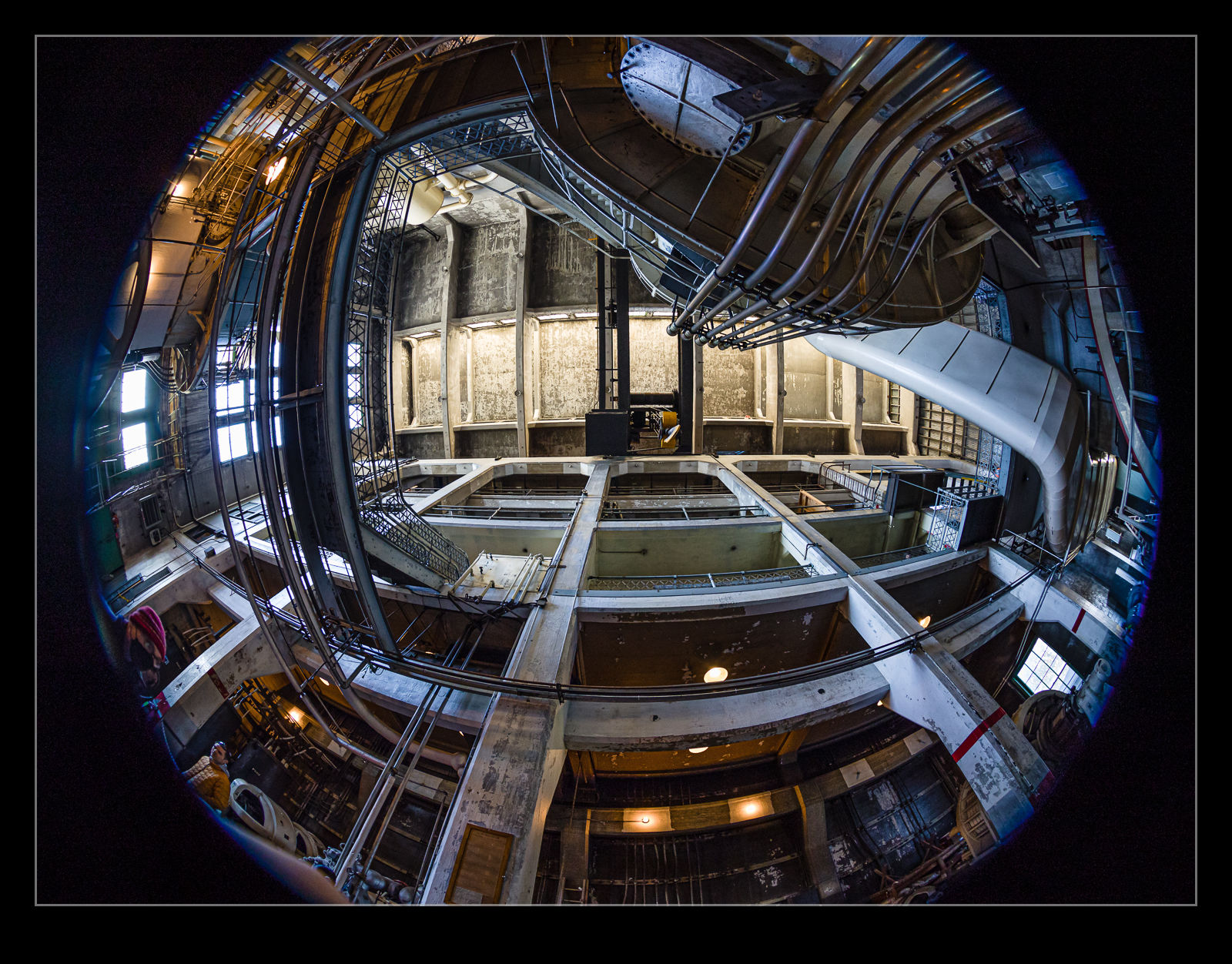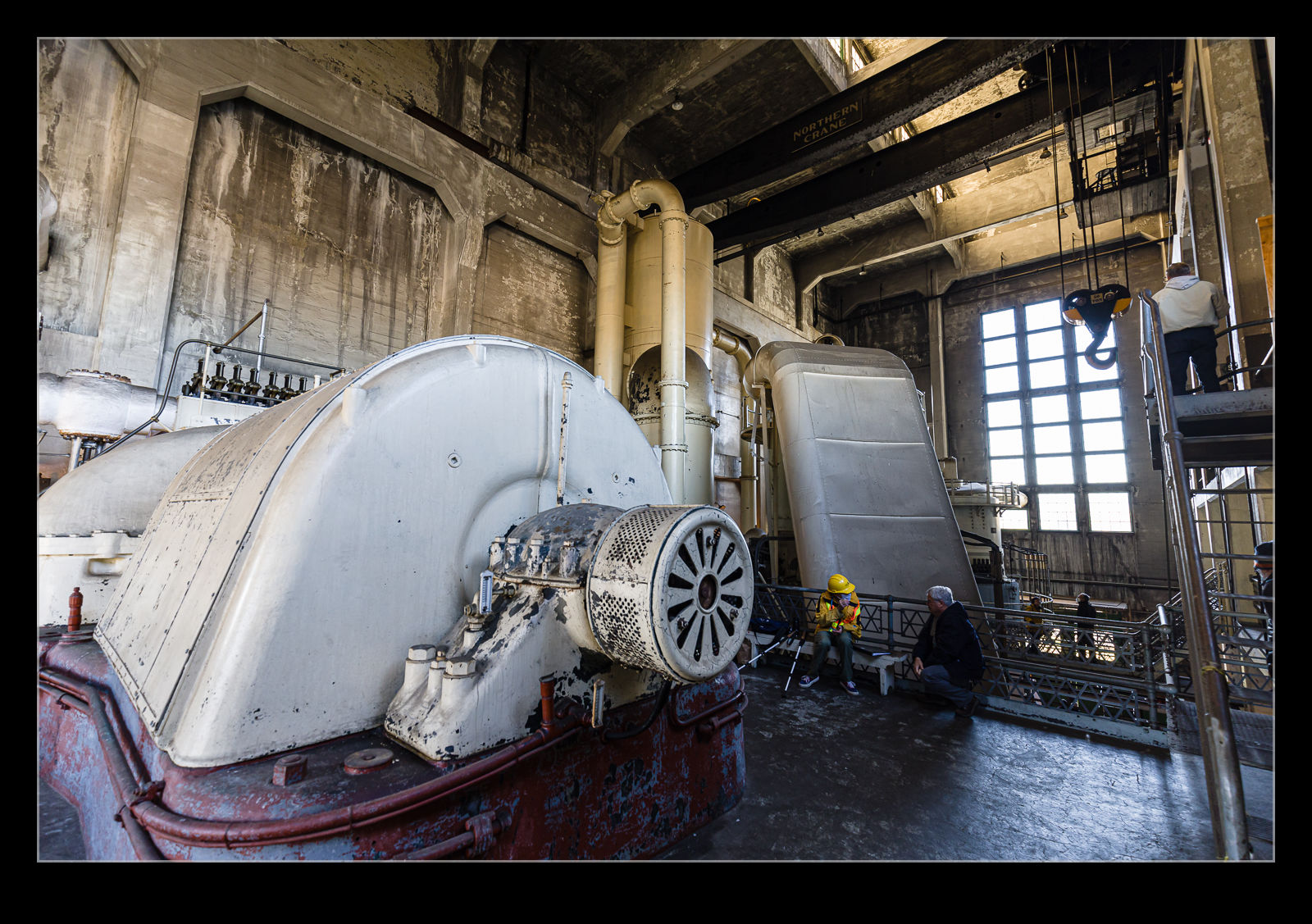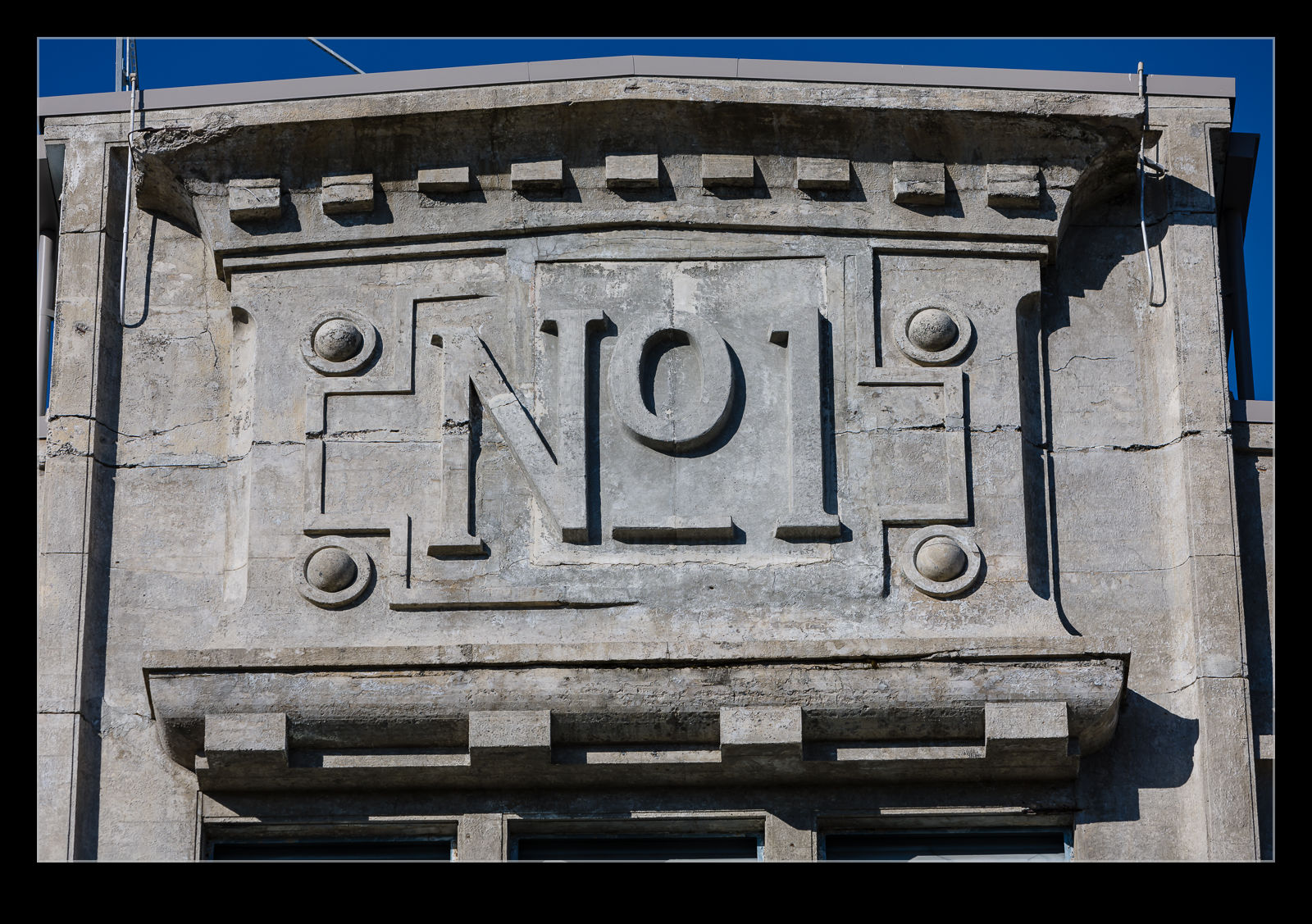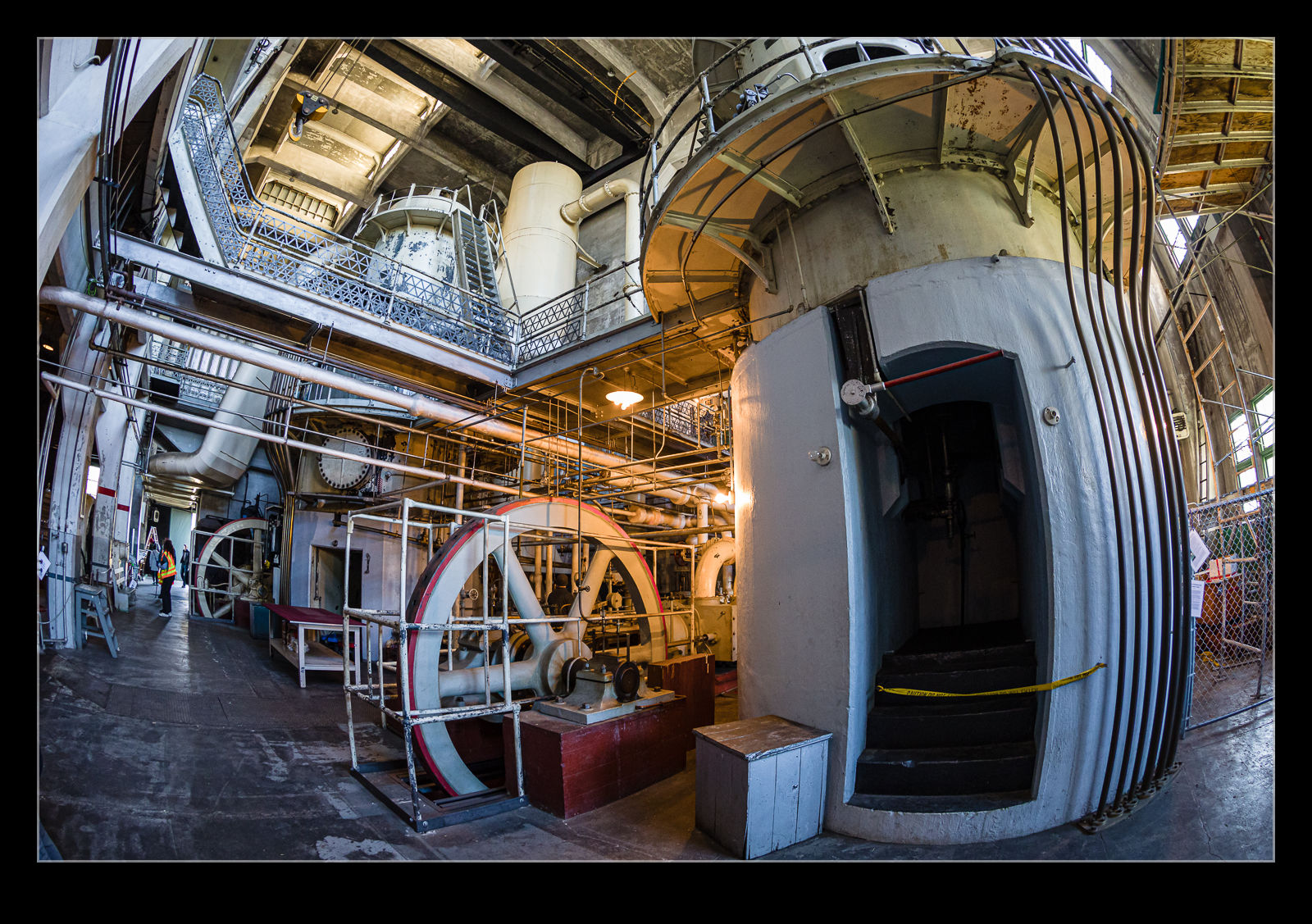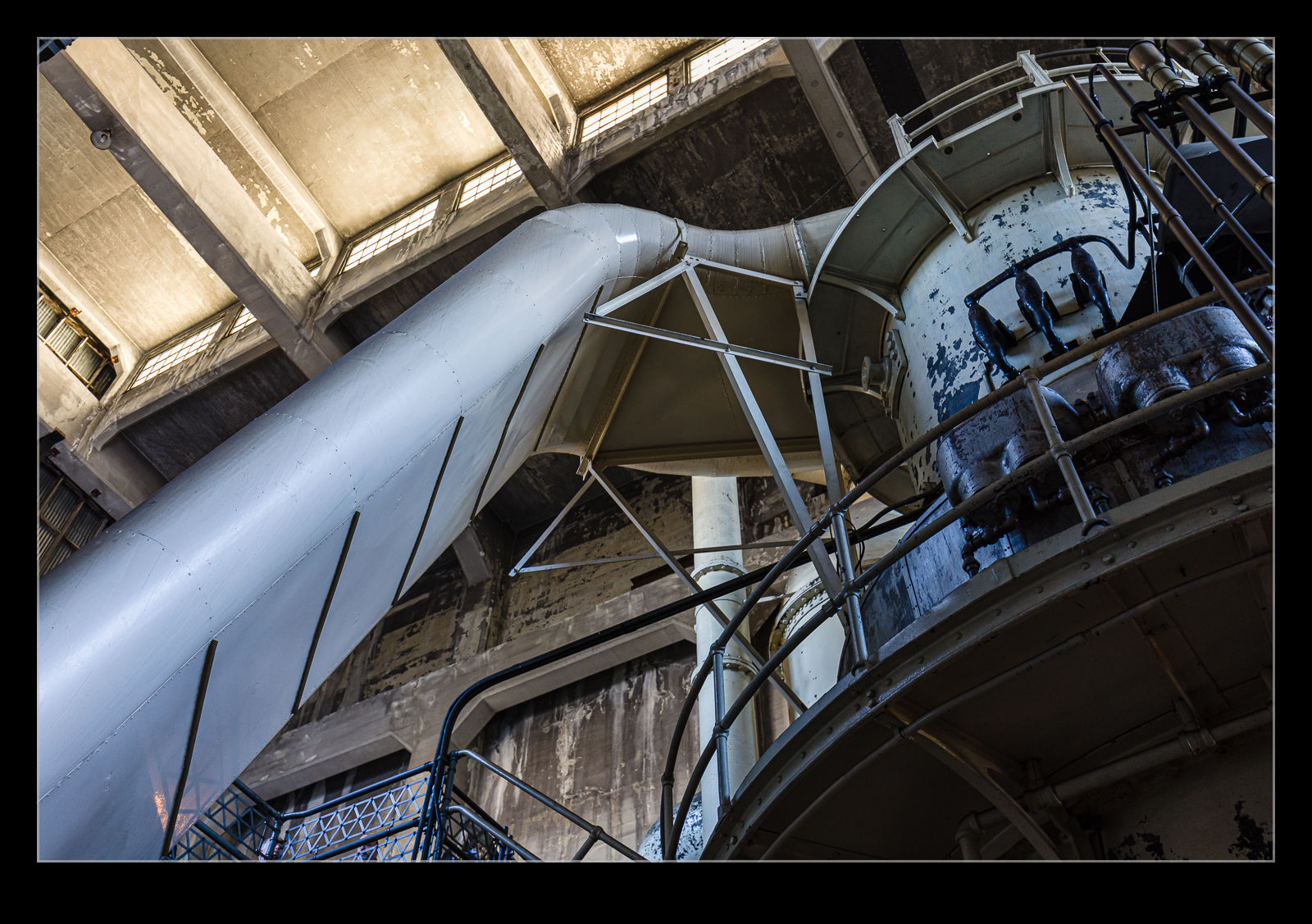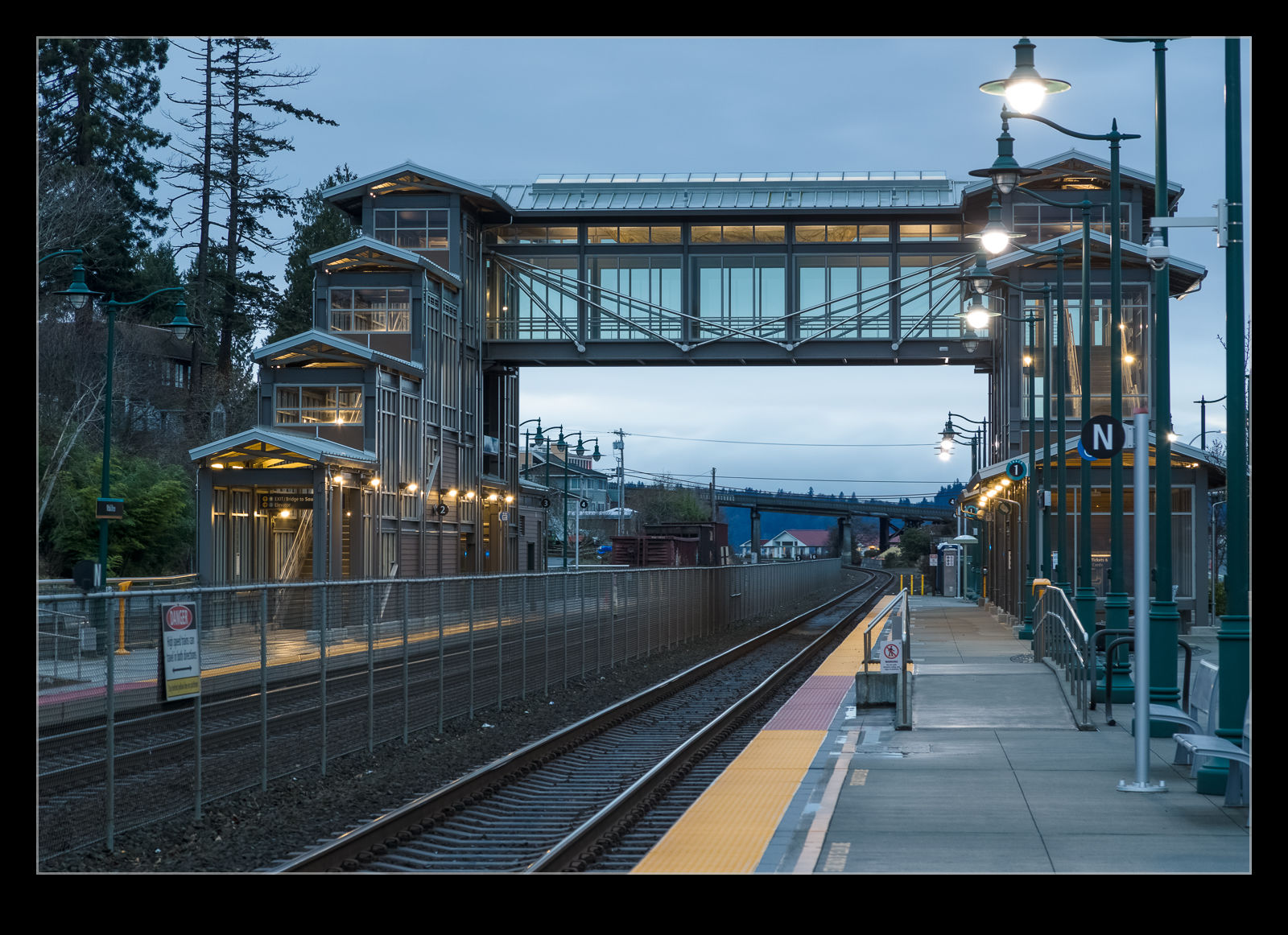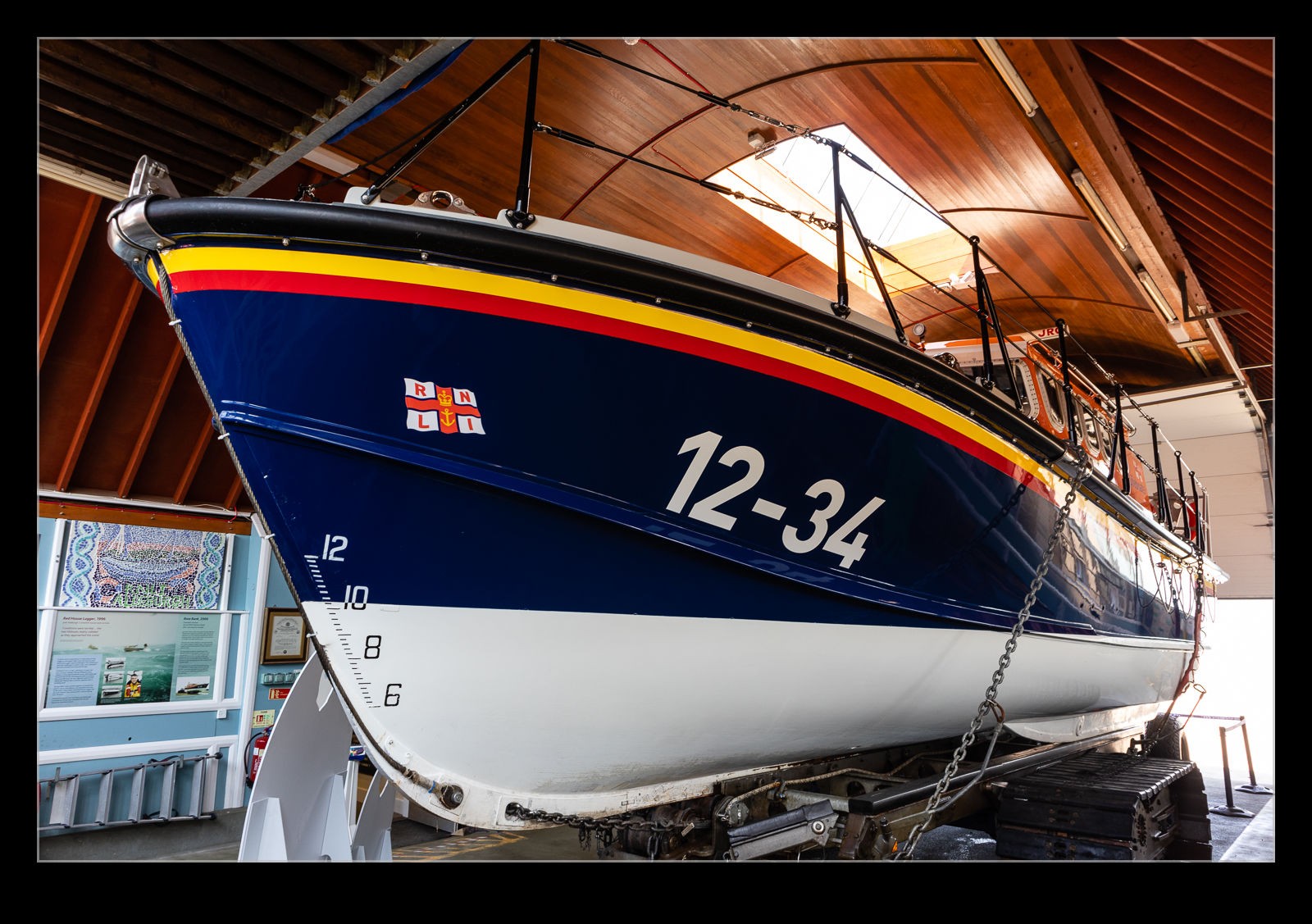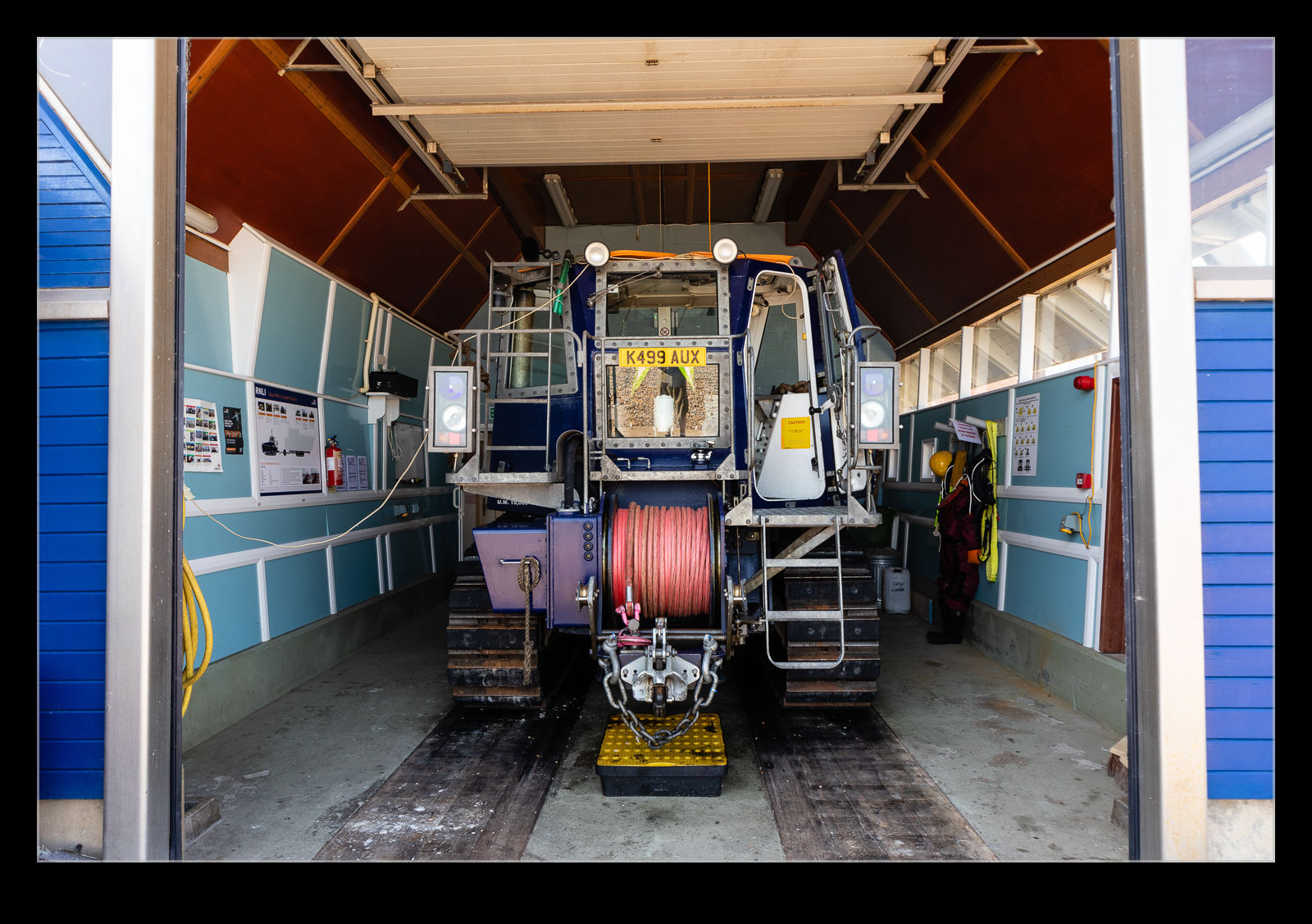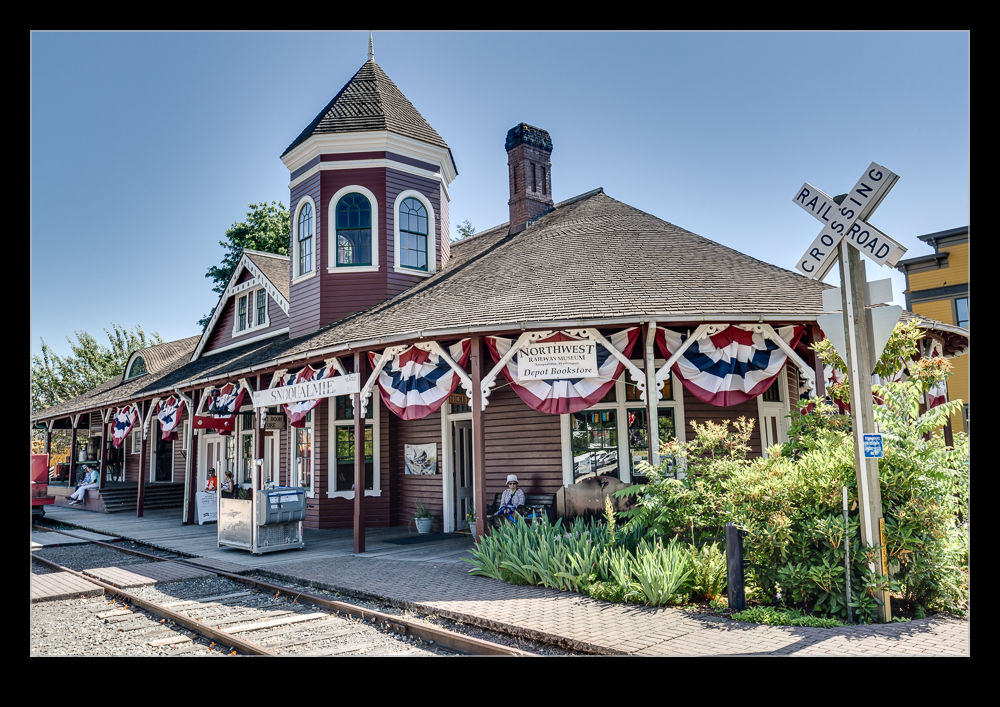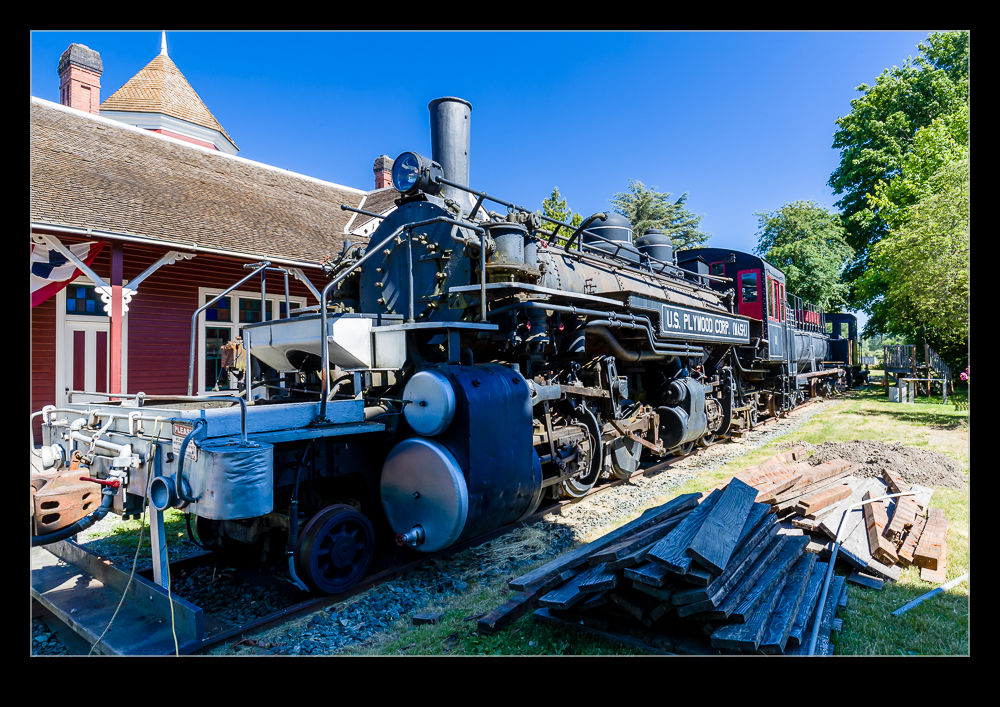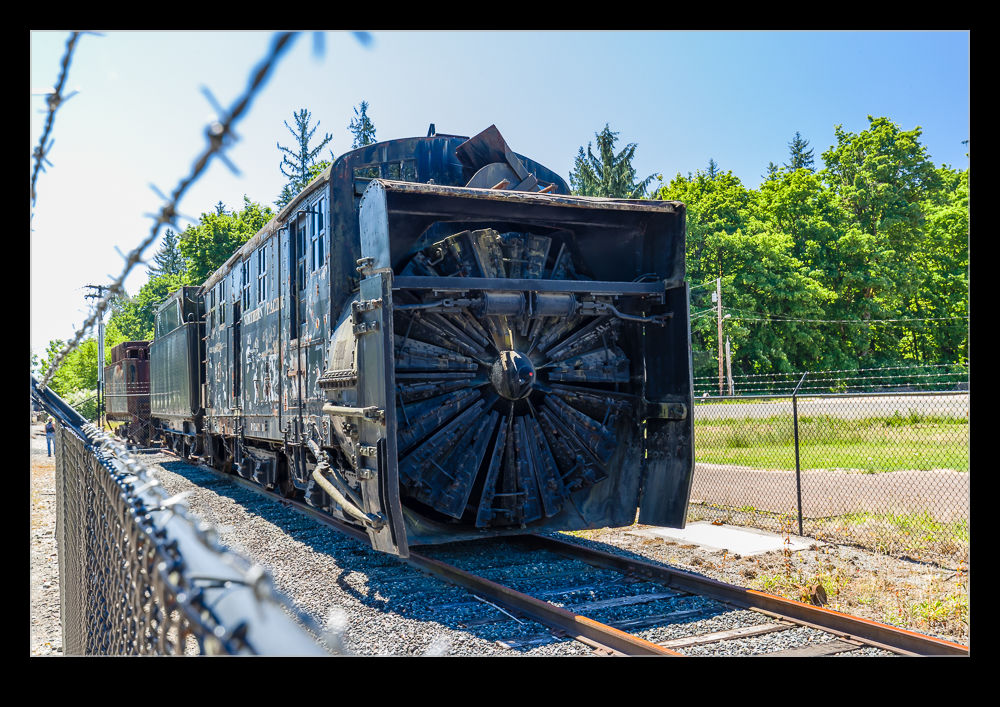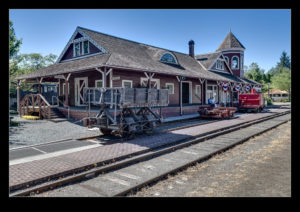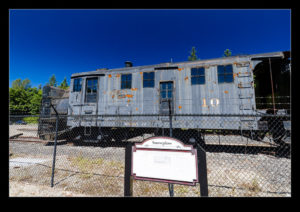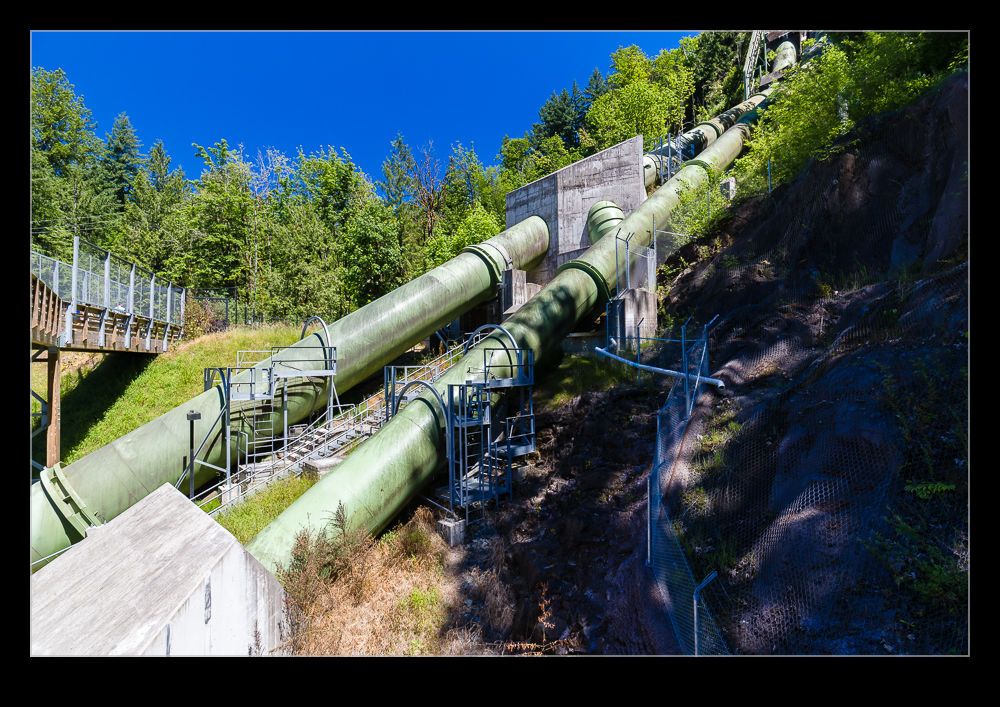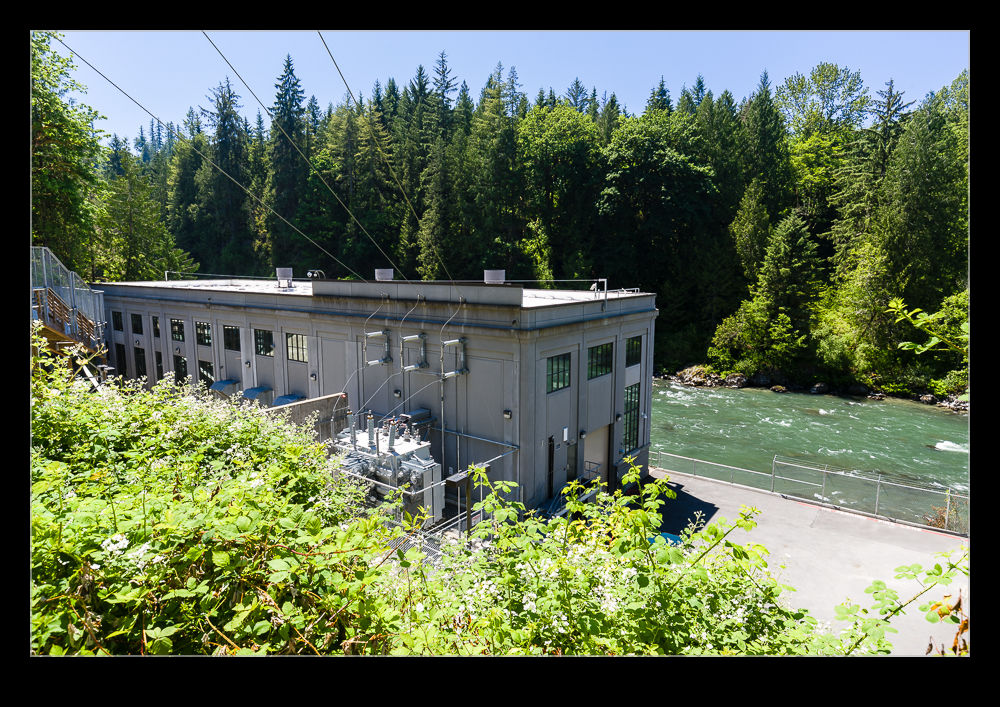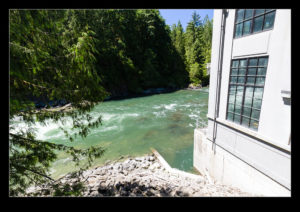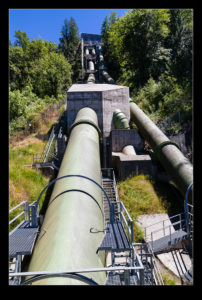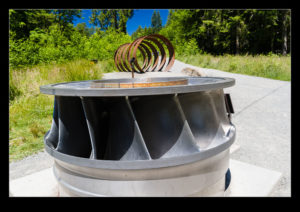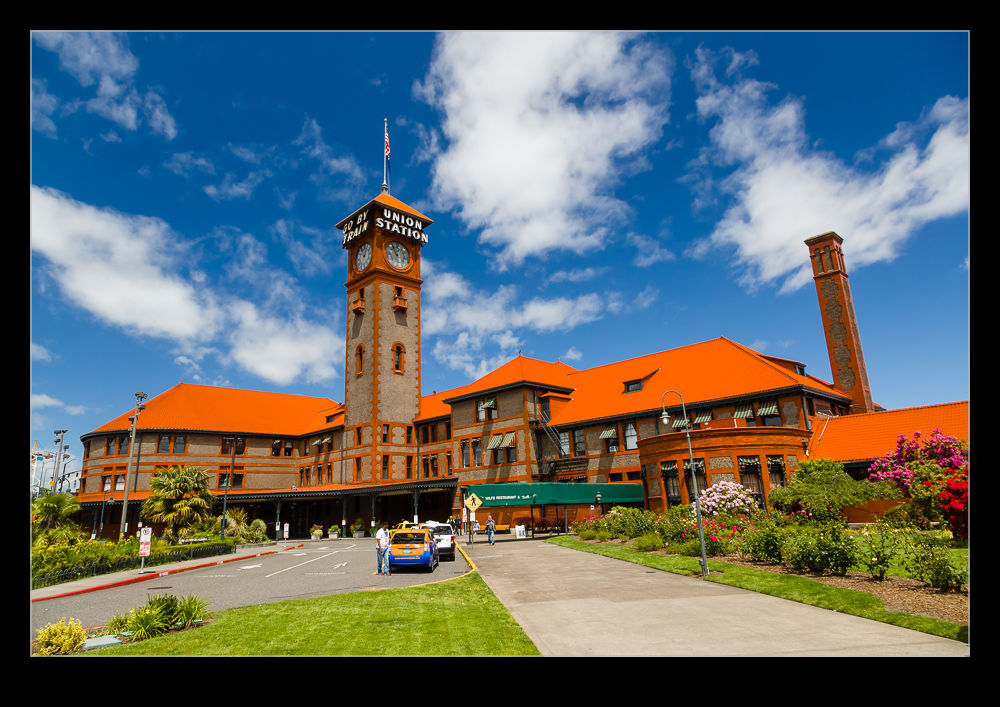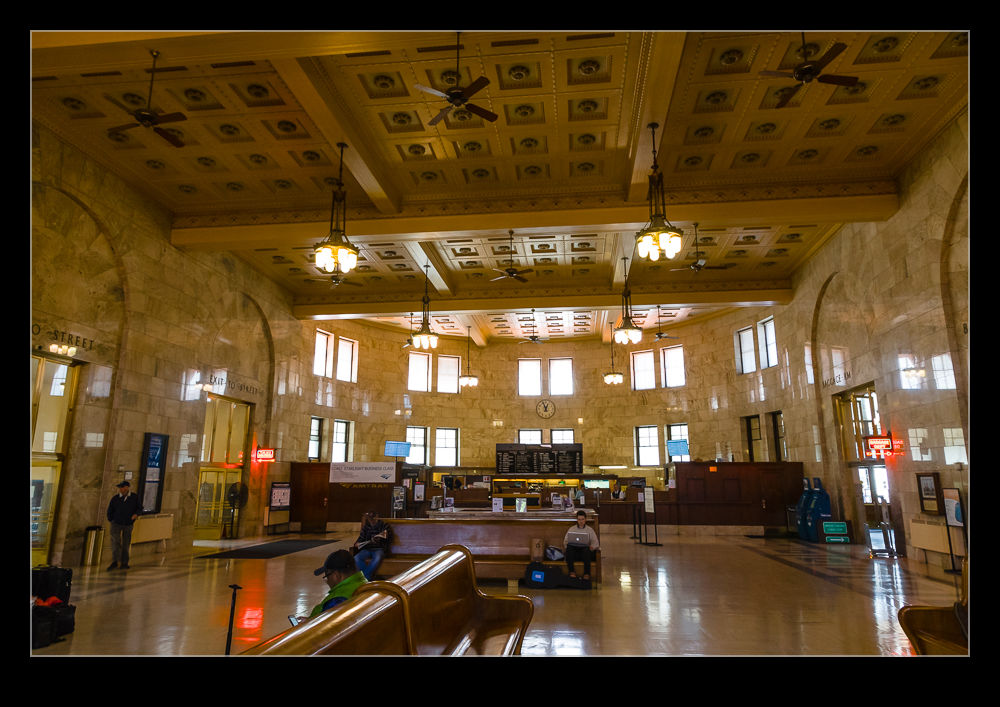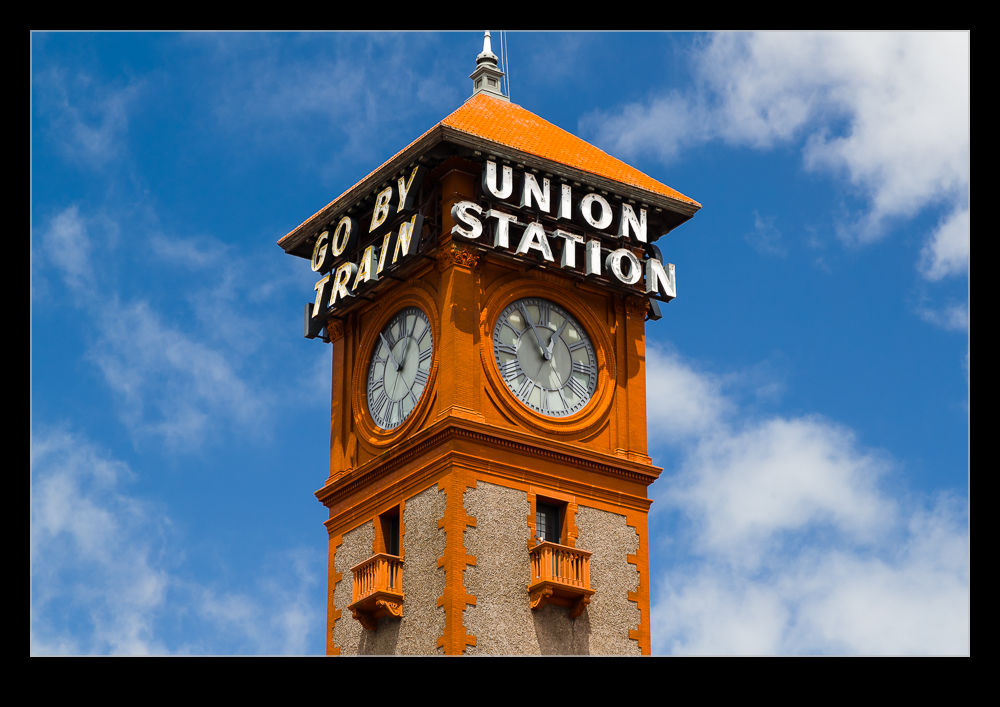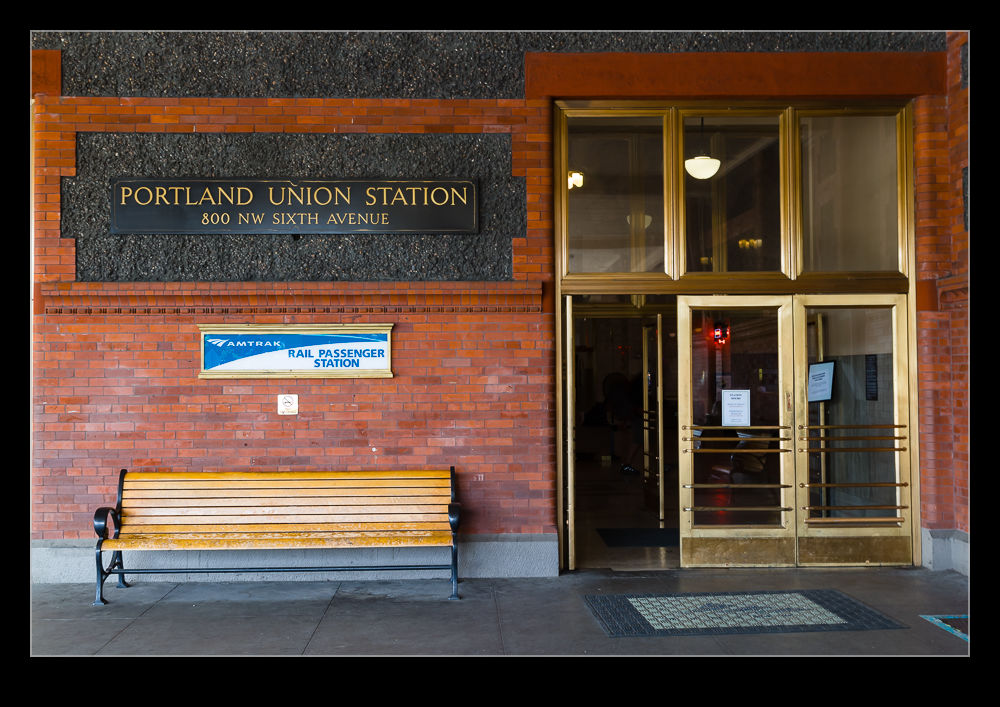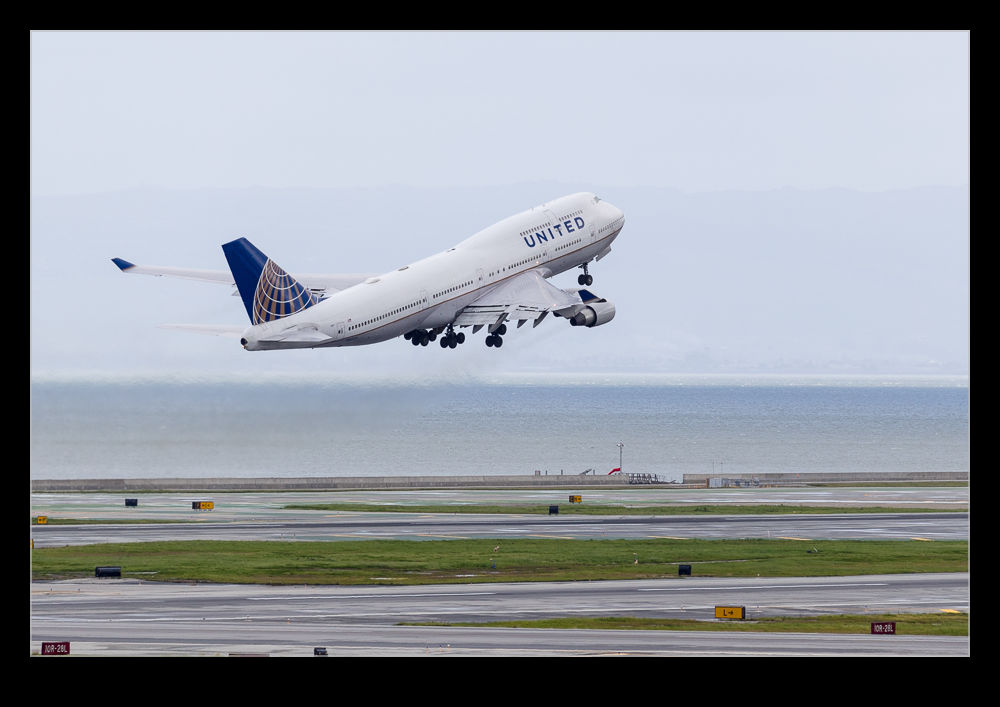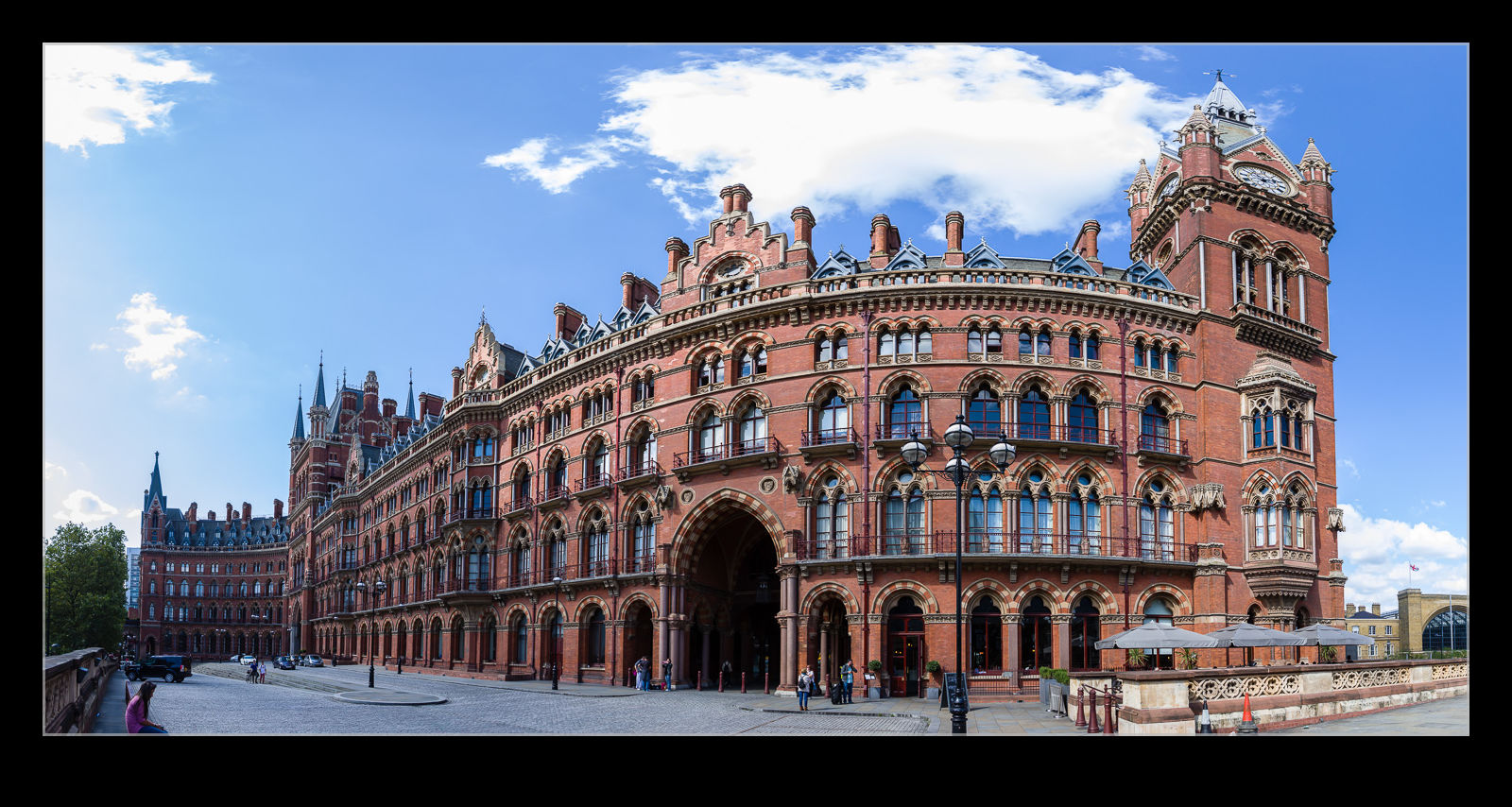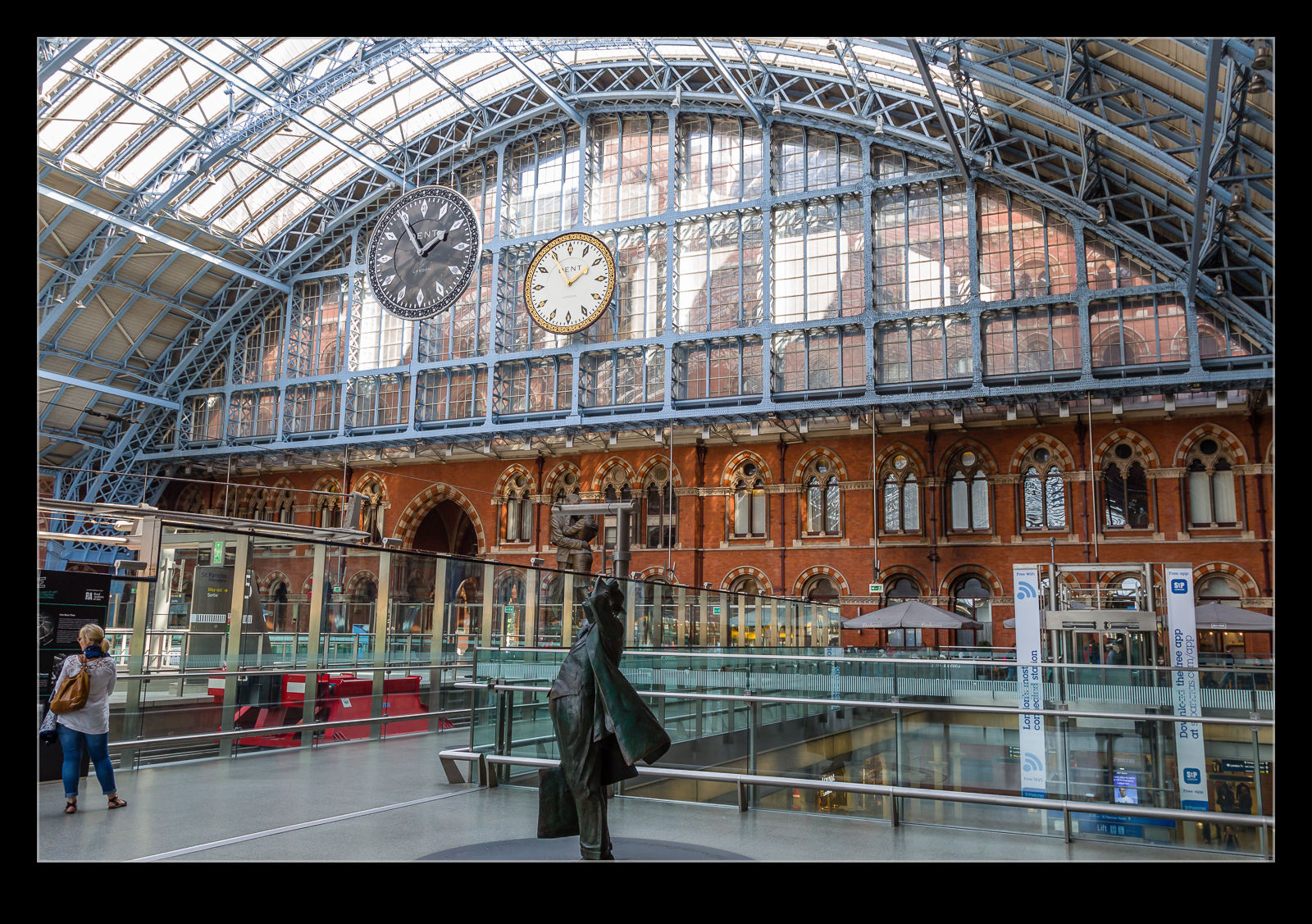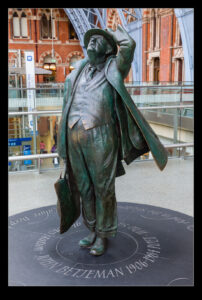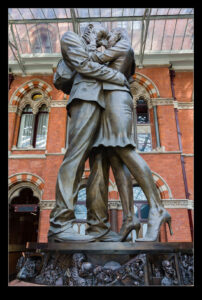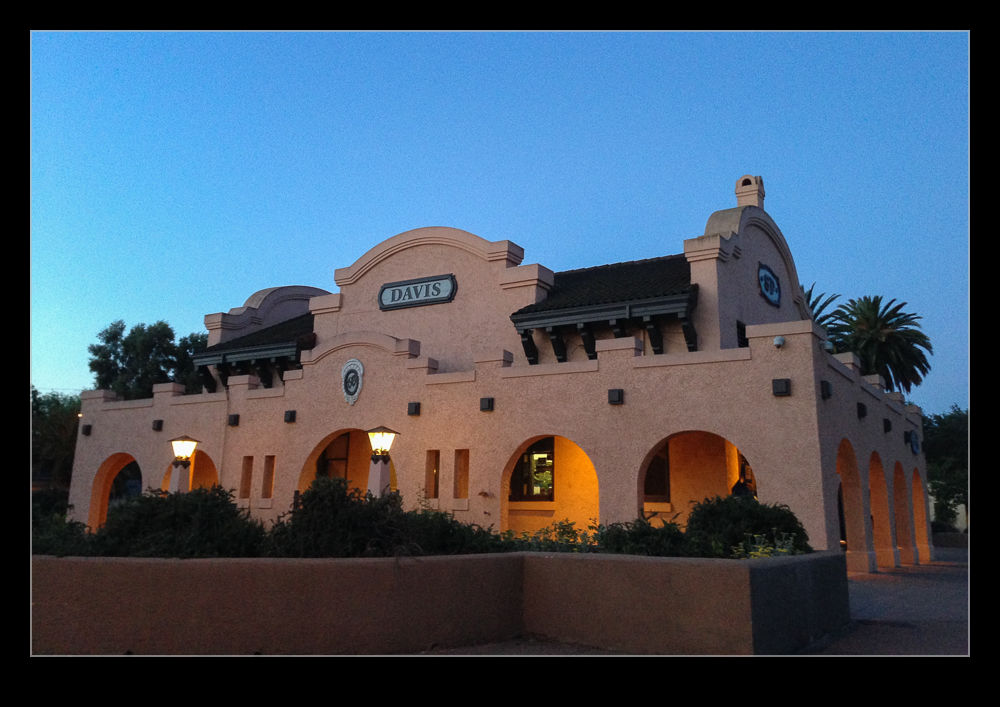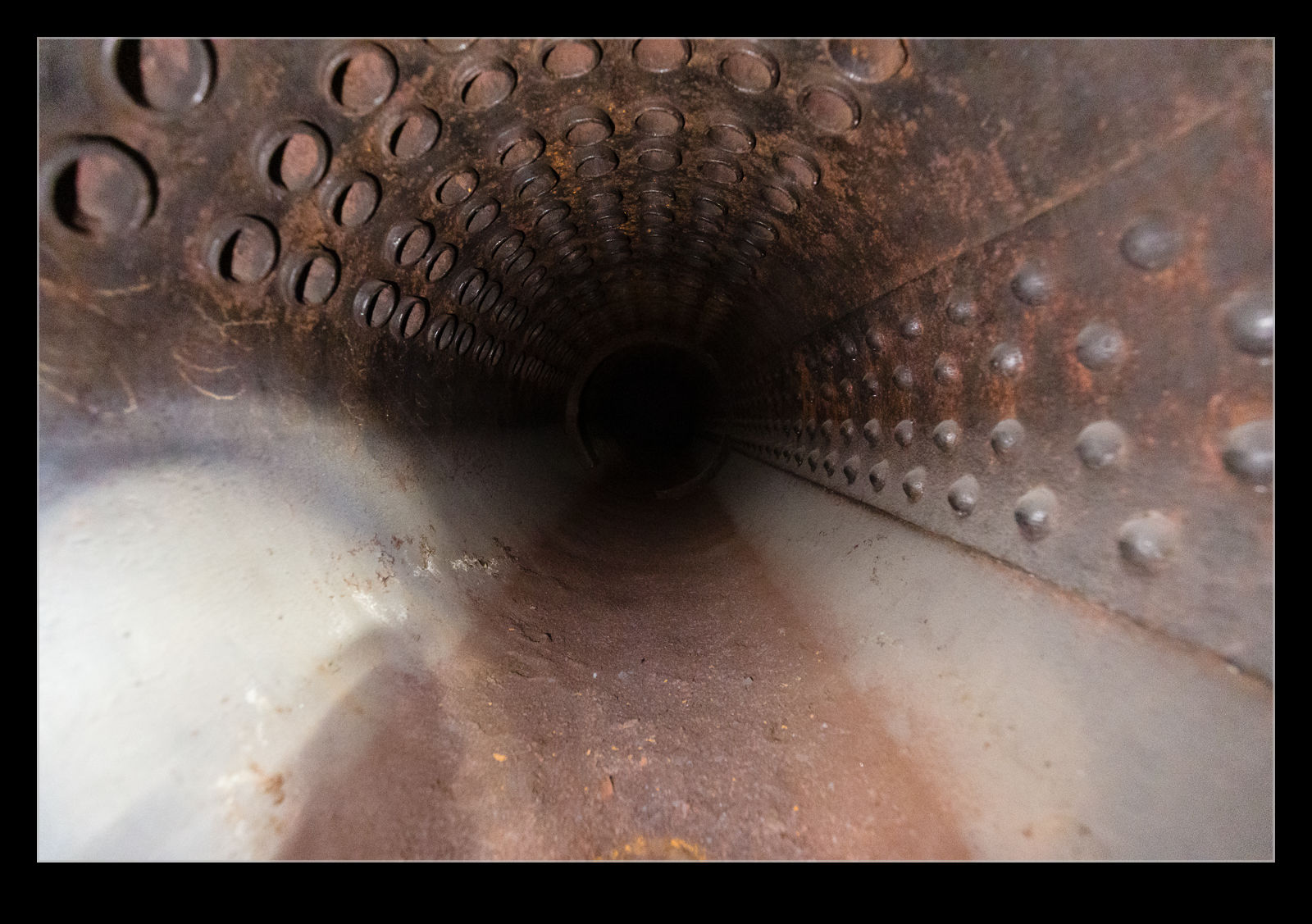 Within the Georgetown Steam Plant, one of the docents was keen to show off the details of the boilers. These were originally oil fired but, during the Second World War, they were converted to operate using coal. After the war, they were reverted back to oil and there are hardly any signs left of the coal configuration.
Within the Georgetown Steam Plant, one of the docents was keen to show off the details of the boilers. These were originally oil fired but, during the Second World War, they were converted to operate using coal. After the war, they were reverted back to oil and there are hardly any signs left of the coal configuration.
 The layout of the pipes within the boiler is quite complex. It is designed to create a circulating flow of the water in the pipes and create the stream at the top of the boiler to feed the turbines. These pipes lie in a triangular framework angled over the make everything operate as intended. These were assembled and the walls of the boilers were then constructed around them.
The layout of the pipes within the boiler is quite complex. It is designed to create a circulating flow of the water in the pipes and create the stream at the top of the boiler to feed the turbines. These pipes lie in a triangular framework angled over the make everything operate as intended. These were assembled and the walls of the boilers were then constructed around them.
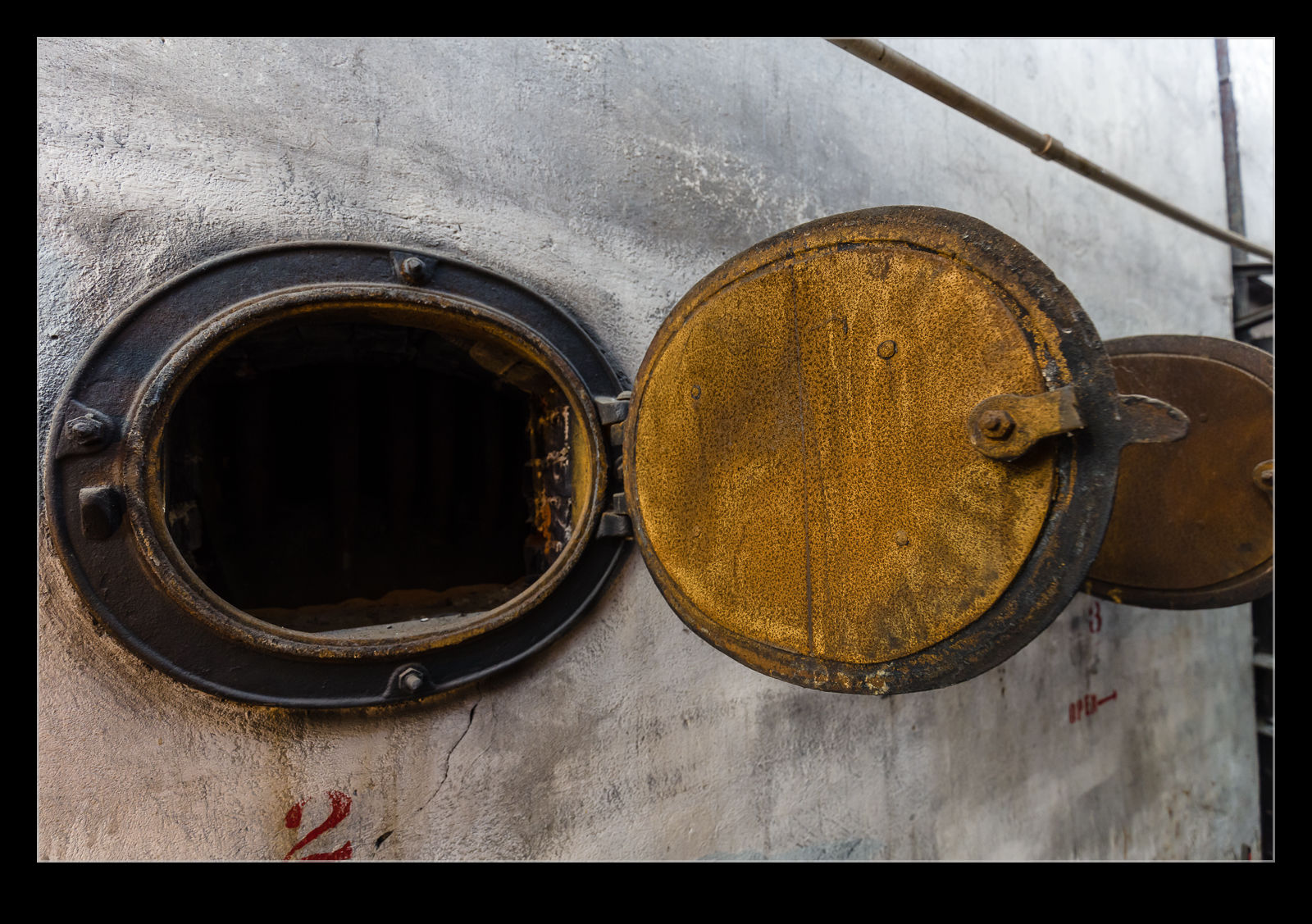 There are access hatches which allow you to see into the boiler and see the pipe arrangements. It is very dark in there and a flashlight is needed to see anything at all. The boiler walls are metallic but they are lined with fire bricks. These bricks had a limited life so there would be a time when they had to be replaced. People would have to climb in through the narrow hatches to knock out the old bricks and pass them out before installing the replacements. They would also have to clean off the pipe work exterior as this would accumulate debris from the hot gases of combustion.
There are access hatches which allow you to see into the boiler and see the pipe arrangements. It is very dark in there and a flashlight is needed to see anything at all. The boiler walls are metallic but they are lined with fire bricks. These bricks had a limited life so there would be a time when they had to be replaced. People would have to climb in through the narrow hatches to knock out the old bricks and pass them out before installing the replacements. They would also have to clean off the pipe work exterior as this would accumulate debris from the hot gases of combustion.
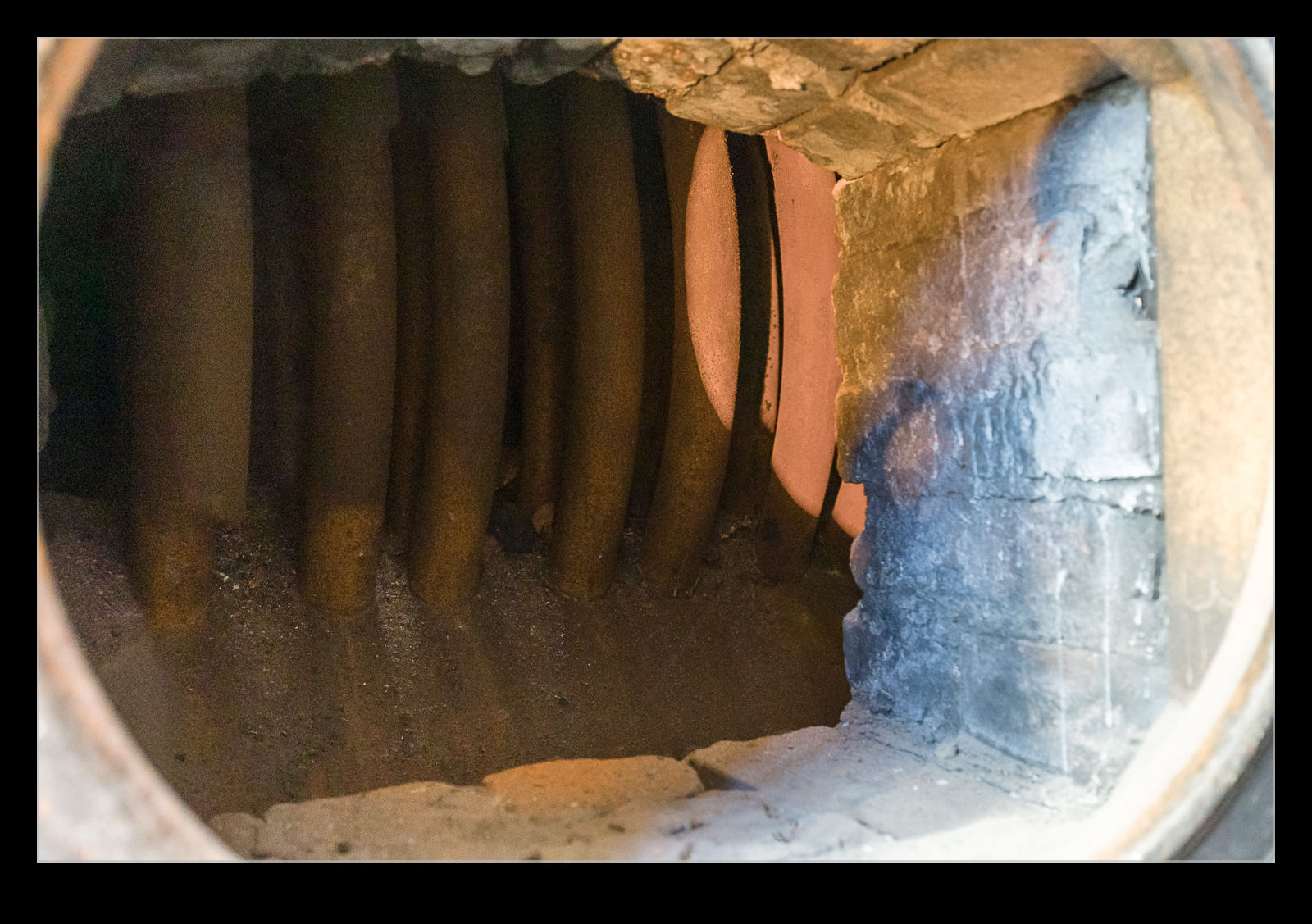 Accessing the interior of these boilers looks extremely unpleasant. It would be far too claustrophobic for me to think about and that is before considering the hard work in a hostile environment. These guys were tougher than me! The boilers are in pairs with a gap between each pair so I guess they would have to close down both parts of the pair to allow a temperature that was acceptable for entry. Even then, I doubt it was a good place to work.
Accessing the interior of these boilers looks extremely unpleasant. It would be far too claustrophobic for me to think about and that is before considering the hard work in a hostile environment. These guys were tougher than me! The boilers are in pairs with a gap between each pair so I guess they would have to close down both parts of the pair to allow a temperature that was acceptable for entry. Even then, I doubt it was a good place to work.
